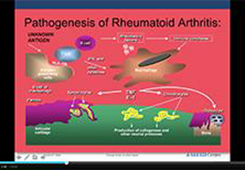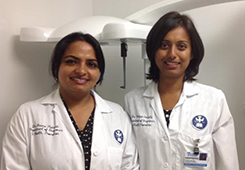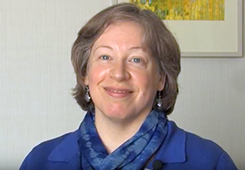Reflections on Using Poll Everywhere and Flipping a Lecture to Increase Student Engagement
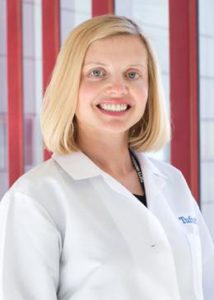
We asked Dr. Senada Arabelovic, Assistant Professor of Medicine, to reflect on her experience using new educational technologies while participation in the Instruction Technology Exploration Program this fall semester.
Here’s what she had to say:
What worked well, and what would you do differently?
Being accepted to the Instructional Technology Exploration Program offered by Tufts’ Educational Technology Services was very exciting. I was tired of giving the same lecture every year where I stood in front of the students for 50 minutes talking and never felt that they were actually listening or absorbing what I was saying. This program allowed me to work with Justin Horvath and Timothy Winn, of Educational Technology Services, throughout the entire process. They taught me how to implement new technologies like Poll Everywhere, and helped me use CaptureSpace Lite to make a video for the students to view the day before the lecture. This allowed the students to do some preparation prior to class which allowed them to be more engaged and interactive. They were prepared and they discussed the answers with the students that were sitting near them. This allowed for some exchange to take place between students which also fostered learning. One of my goals was to encourage and increase student participation and insure that students actively engage with the material, which they seemed to do during class. The Poll everywhere technology worked great.
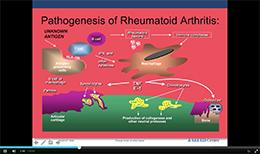
How did you assess the impact of this activity?
Overall the students performed well on the questions that were reviewed using Poll Everywhere. It will be interesting to see how they do on the rheumatoid arthritis questions on the final examination compared to previous years. I have not received the official feedback yet, however, the course director gave the students a lecture the day after my flipped classroom, and the feedback that he received was positive. We will be able to compare the feedback from this year compared to previous years that this lecture was given in the traditional format. Students will complete an evaluation on the flipped classroom.
What are some lessons learned that you might share with others?
I would recommend more faculty in the rheumatology division and other divisions to use this type of classroom teaching. It does take more preparation and it is more of a time commitment. In the end, it is worth it. It was fun and very interactive. Practicing with new technology takes a lot of time and learning. Ask the Educational Technology Services for help. I would not have been able to do it without their help and expertise.
What are you interested in exploring next as part of your teaching?
I am very interested in helping my colleagues do what I did and also implement this style of teaching when I give other lectures within my own division and outside of rheumatology. I would be happy to share my video with others to be used as an example of an online lecture video. The main goal is to create and implement innovative active learning models of teaching and learning into more flipped classroom sessions. Ideally, this would transition the Rheumatology course from one that predominantly utilizes traditional lectures into small group learning within the lecture hall. This may not be for everyone and also not all classes have to be done this way. Medical education is changing. The old model of the omniscient teacher, lecturing to note-taking students, is being replaced by interactive learning models. Making classroom learning fun and engaging has been shown to improve student experience and retention.

